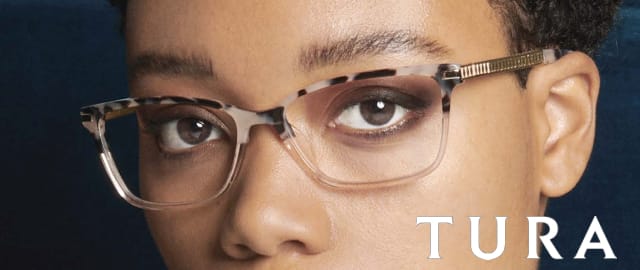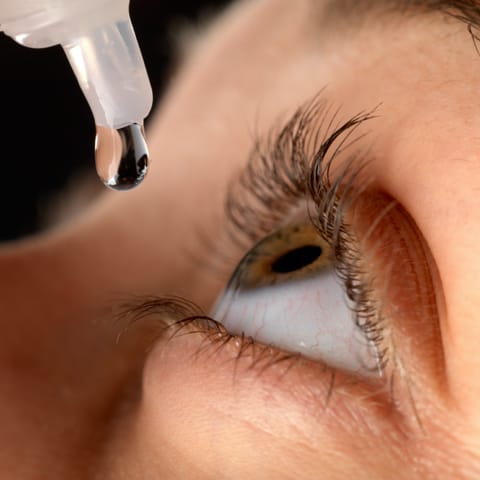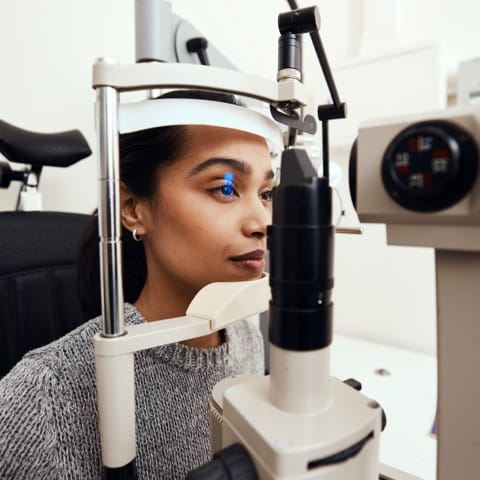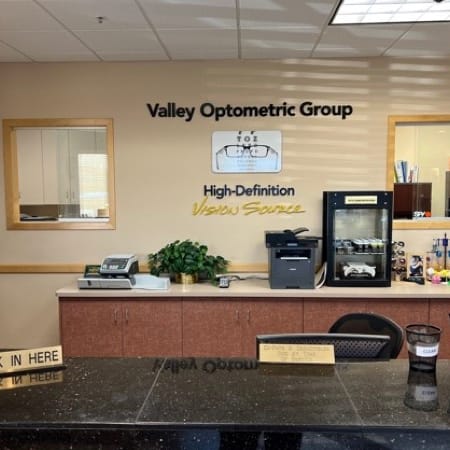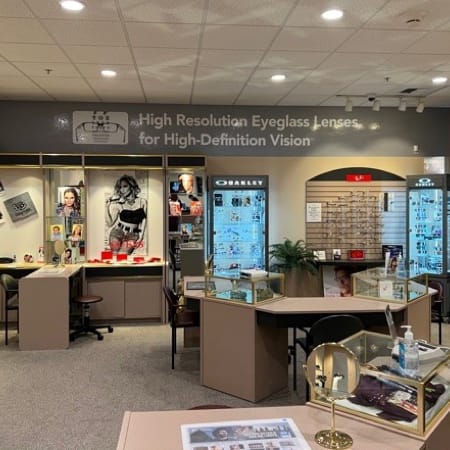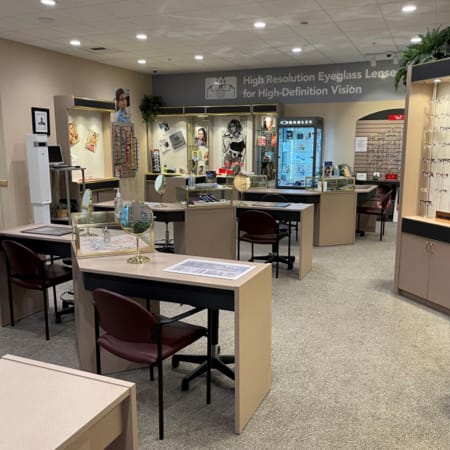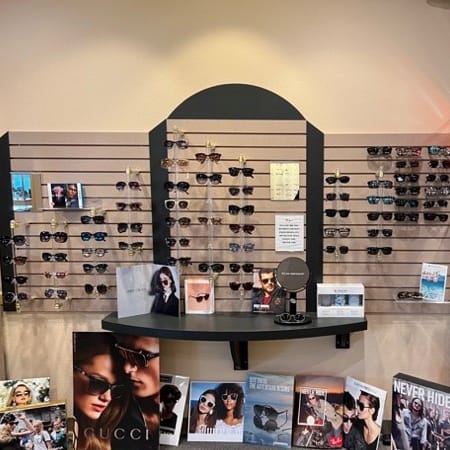Our Vision in a Digital Age
Technology can be marvelous. Our screens can help us navigate work, watch entertainment, and communicate across the globe. A little screen time can have many benefits. Unfortunately, too much screen time can affect our eyes.
Digital eye strain can be uncomfortable—and it’s accompanied by many symptoms. Most symptoms, although irritating, are temporary and cease with screen breaks. However, some symptoms require treatment to protect our long-term vision.
Our eye care team can improve your visual comfort. Book an appointment with Valley Optometric Group.

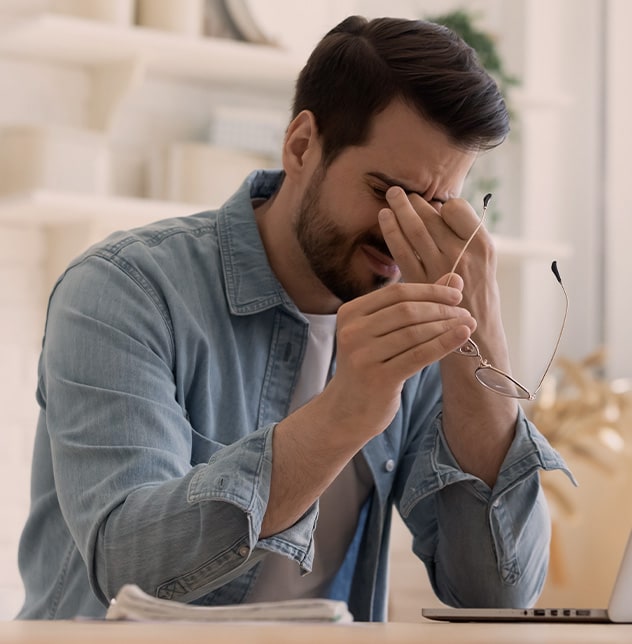
What Causes Digital Eye Strain?
Digital eye strain or computer vision syndrome results from prolonged exposure to digital screens, like computers, phones, and tablets. Screens make our eyes work harder, and when we don’t give them a break we can experience strain.
We blink differently when using a computer, depriving our eyes of moisture and increasing fatigue. Instead of completing a full blink, our eyes tend to partially blink. The movement changes how moisture spreads across our eyes, which can result in dry eye.
Digital screens also emit blue light. Not all blue light is bad, but late-night exposure can alter your sleep cycle. Without good sleep, your eyes don’t properly rest, which can lead to eye fatigue.

Symptoms of Digital Eye Strain
Digital eye strain is common, with 50–90% of people who use computers experiencing symptoms. The condition can affect adults and children. Typical symptoms of digital eye strain include:
- Eyestrain
- Dry eye
- Headaches
- Backaches
- Blurred vision
- Double vision
- Difficulty focusing
- Redness or irritation
- Neck or shoulder pain

Managing Digital Eye Strain
Without treatment, symptoms can reoccur and worsen. Digital eye strain can be managed with a combination of lifestyle changes and treatment options.
Adjust Your Workspace
Whether you’re stuck at a desk or sitting on the couch, your setup can make a difference. Start by adjusting screen distance. The center of your screen should be 15–20 degrees below eye level (about 4–5 inches) and 20–28 inches away from your eyes.
Too dim or too bright lighting can contribute to eye strain. You might try minimizing glare by positioning your screen away from windows. Adjust screen brightness or move light sources so the brightest light is behind you. It also helps to regularly clean your screen. Dust and fingerprints can interrupt your viewing experience, making your eyes work harder.
20-20-20 Rule
Every day, we spend hours looking at digital screens. Our eyes need a break! The 20-20-20 rule is one method you can use to add more screen breaks.
For every 20 minutes spent staring at a screen, take a break. During your break, you can adjust your eyes by focusing on an object 20 feet away for 20 seconds. By changing the distance, our eyes engage differently, giving them a rest period.
Add Moisture
One of the most common symptoms of digital eye strain is dry eye. Since water makes up 98% of your tears, staying hydrated can help support your tear film. In addition to drinking water for moisture, you might use eye drops. Eye drops add surface moisture to temporarily alleviate dry eye and prevent tear evaporation.
You can improve environmental moisture by adding a humidifier to your work area. If you’re experiencing multiple symptoms of dryness, such as dry skin, dry throat, or headaches, a humidifier can reduce dryness in the air.
Nutrition & Diet
Nutrition supports multiple body functions, including the quality of your tears. Although water makes up most of your tears, a small but mighty ingredient is crucial to maintaining tear quality—oil. Your tear glands use nutrients to produce oils, which reduce tear evaporation.
For example, you can reduce your risk of dry eye by 17% with Omega-3 fatty acids (found in fish oil). This nutrient can soothe symptoms by improving function in the eye’s meibomian glands, which produce the oily part of tears.
Ask us about eye nutrition. Your diet may be the missing ingredient for better eye health.
Check Your Prescription
Your eyeglasses or contacts may be appropriate for most tasks, but aren’t comfortable for prolonged digital screen use. Some lens designs are made for computer work. Book an eye care appointment to discuss your daily tasks and lifestyle. Our optometrists can determine if you need a different prescription or different lenses for better visual performance.
More Options for Digital Eye Strain
Whether you’re experiencing eye discomfort or vision problems, or spending long hours on digital screens, we can help. Managing digital eye strain and preventing symptoms can benefit your eye health and your visual comfort.
Don’t settle for discomfort! Contact Valley Optometric Group today.

Our Location

Visit us
Valley Optometric Group is located on the corner of Kingswood Drive and Sylvan Avenue, right near Beyer Community Park.
If you’re having trouble finding our practice, please give us a call!
- Phone: 209-527-6640
- Email: info@valleyoptometricgroup.com
- 1401 Sylvan Ave
- Modesto, CA 95355
Hours of Operation
- Monday: 7:30 AM – 5:00 PM
- Tuesday: 7:30 AM – 5:00 PM
- Wednesday: 7:30 AM – 5:00 PM
- Thursday: 7:30 AM – 5:00 PM
- Friday: Closed
- Saturday: Closed
- Sunday: Closed
Closed: 12:00 PM to 1:00 PM daily for lunch
Our Brands

